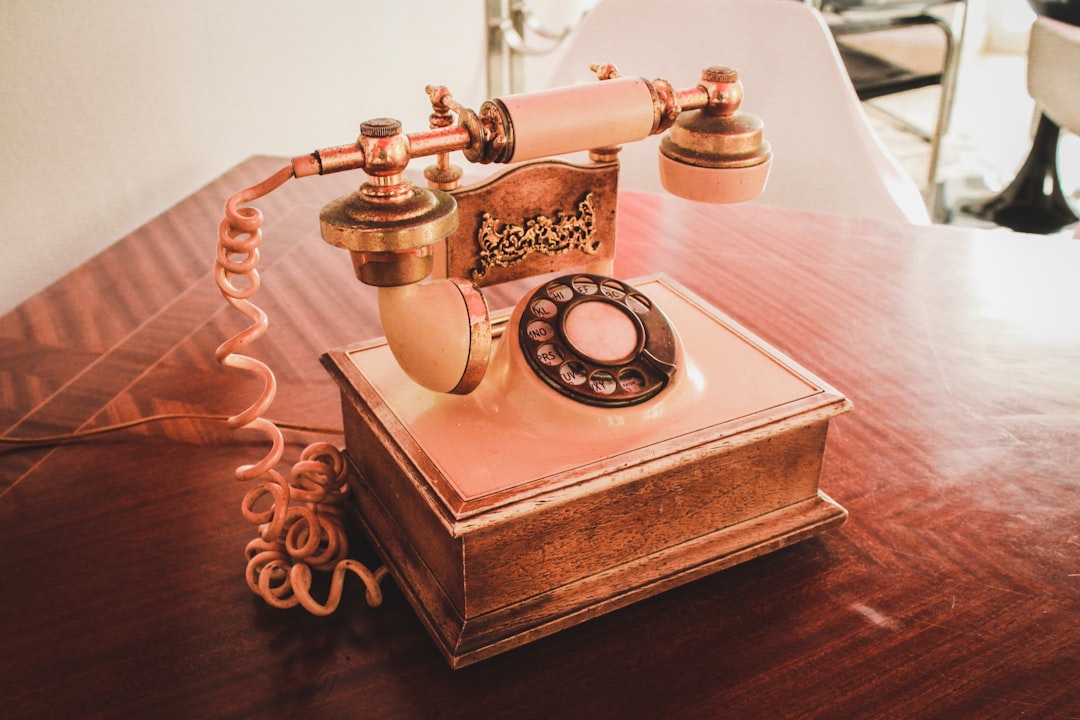In Massachusetts, where spam calls are a prevalent issue, residents have legal protections and can register for do-not-call lists. Optical Heritage Museums, like Southbridge's, educate visitors about caller ID manipulation and scams, emphasizing the importance of understanding consumer protection laws through interactive exhibits. The museum collaborates with local spam call law firms Massachusetts to empower individuals to identify and report suspicious calls, contributing to a safer digital environment while preserving telecommunications history.
“The Optical Heritage Museum in Southbridge, Massachusetts, offers a unique glimpse into the evolution of communication—and its dark side. With an increasingly digital world comes a surge in spam calls, a modern-day nuisance with significant legal implications for residents under Massachusetts’ strict anti-spam call laws. This article explores how optical heritage museums play a surprising role in preserving history while also highlighting the innovative techniques used to combat telemarketing fraud, focusing on Southbridge’s unique approach to empowering locals against these unwanted intrusions.”
Understanding the Impact of Spam Calls and their Legal Ramifications in Massachusetts

Spam calls, or unsolicited telephone marketing calls, have become a prevalent and often annoying aspect of modern communication in Massachusetts. These calls can range from pre-recorded messages promoting products or services to live sales pitches. While many people simply dismiss them as nuisances, spam calls can have significant impacts on individuals and businesses alike.
In Massachusetts, the fight against spam calls is not only a matter of consumer protection but also has legal ramifications. The state’s telecommunications laws and regulations provide certain rights to residents, including the ability to register for do-not-call lists. Moreover, many law firms in Massachusetts specialize in representing clients affected by spam calls, offering legal counsel and assistance in dealing with the financial and emotional toll these calls can cause. Understanding these legal protections is crucial for individuals looking to mitigate the effects of spam calls effectively.
The Role of Optical Heritage Museums in Preserving Communication History

Optical Heritage Museums play a crucial role in preserving and showcasing the evolution of communication technologies, including an often-overlooked aspect: caller ID systems. These museums, like Southbridge’s Optical Heritage Museum, offer a unique glimpse into how our methods of communication have transformed over time, from optical devices to digital advancements. By focusing on spotting fake caller IDs, they highlight the ongoing battle against spam calls and the importance of consumer protection under Massachusetts’ strict spam call law firms.
Through interactive exhibits and historical artifacts, these museums educate visitors about the rich history of telecommunications. They preserve not just physical objects but also the stories and cultural significance attached to them. By doing so, they foster a deeper understanding of how technology shapes society and vice versa, ensuring that valuable knowledge is passed down for future generations to appreciate and build upon.
Unveiling the Techniques Behind Fake Caller ID Manipulation

The Optical Heritage Museum in Southbridge provides a fascinating glimpse into the world of technology and its impact on communication. One of the museum’s key exhibits delves into the intricate techniques employed by individuals to manipulate caller IDs, often with malicious intent. This modern-day con game has become an increasingly prevalent issue, prompting the attention of spam call law firms in Massachusetts and beyond.
Visitors learn how sophisticated fraudsters use various methods to forge or alter caller ID information, aiming to deceive recipients into answering their calls. From simple number spoofing to more complex software, these tactics can make it seem like a trusted entity is reaching out. The museum’s interactive display educates the public on the dangers and legal implications, empowering them to recognize and report suspicious activity under the spam call law firms’ guidance.
Southbridge's Museum: A Unique Approach to Combating Telemarketing Fraud

Southbridge’s Optical Heritage Museum takes a unique and innovative approach to tackling the growing issue of telemarketing fraud, particularly in Massachusetts, where spam calls are a common nuisance. The museum focuses on educating visitors about identifying fake caller IDs, a technique often employed by scammers to bypass existing spam call law firms and regulations.
By showcasing historical communication tools and methods, the museum offers a fascinating glimpse into how technology has evolved, both for legitimate businesses and fraudulent activities. This interactive display empowers individuals to recognize potential scams, ensuring they are better equipped to protect themselves from telemarketing fraud.
Community Engagement and Education: Empowering Residents Against Spam Calls

Southbridge’s Optical Heritage Museum doesn’t just showcase history; it actively empowers the community, especially in the digital age. Through interactive exhibits and educational programs, residents learn about emerging technologies and their implications on daily life, including the growing problem of spam calls. This engagement goes beyond mere observation; it equips individuals with knowledge to identify fake caller IDs, a crucial aspect in combating the nuisance and potential fraud that spam calls represent.
The museum collaborates with local law firms in Massachusetts to spread awareness about consumer protection laws related to spam calls, providing practical tips on how to protect oneself. By fostering this community engagement, Southbridge’s Optical Heritage Museum not only preserves technological history but also plays a vital role in safeguarding its citizens from digital threats, ensuring a safer and more informed society.






